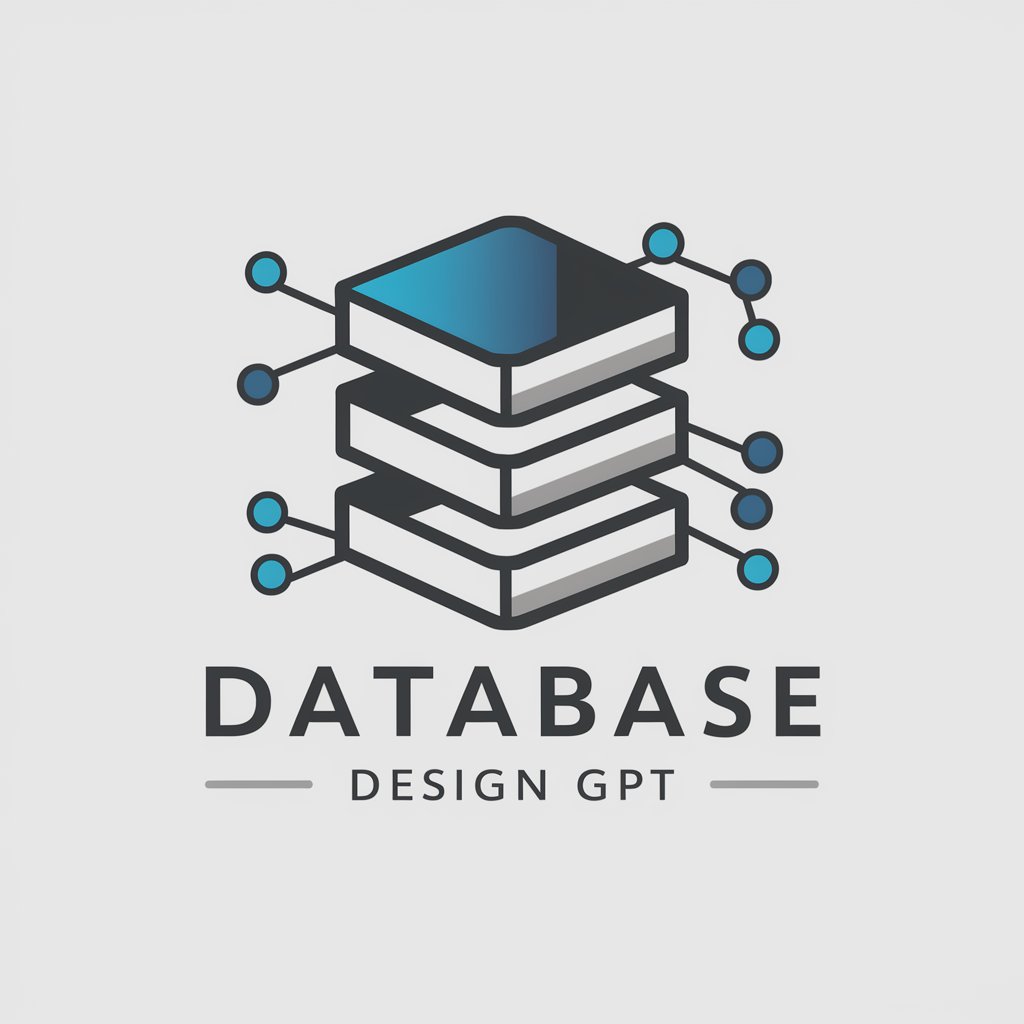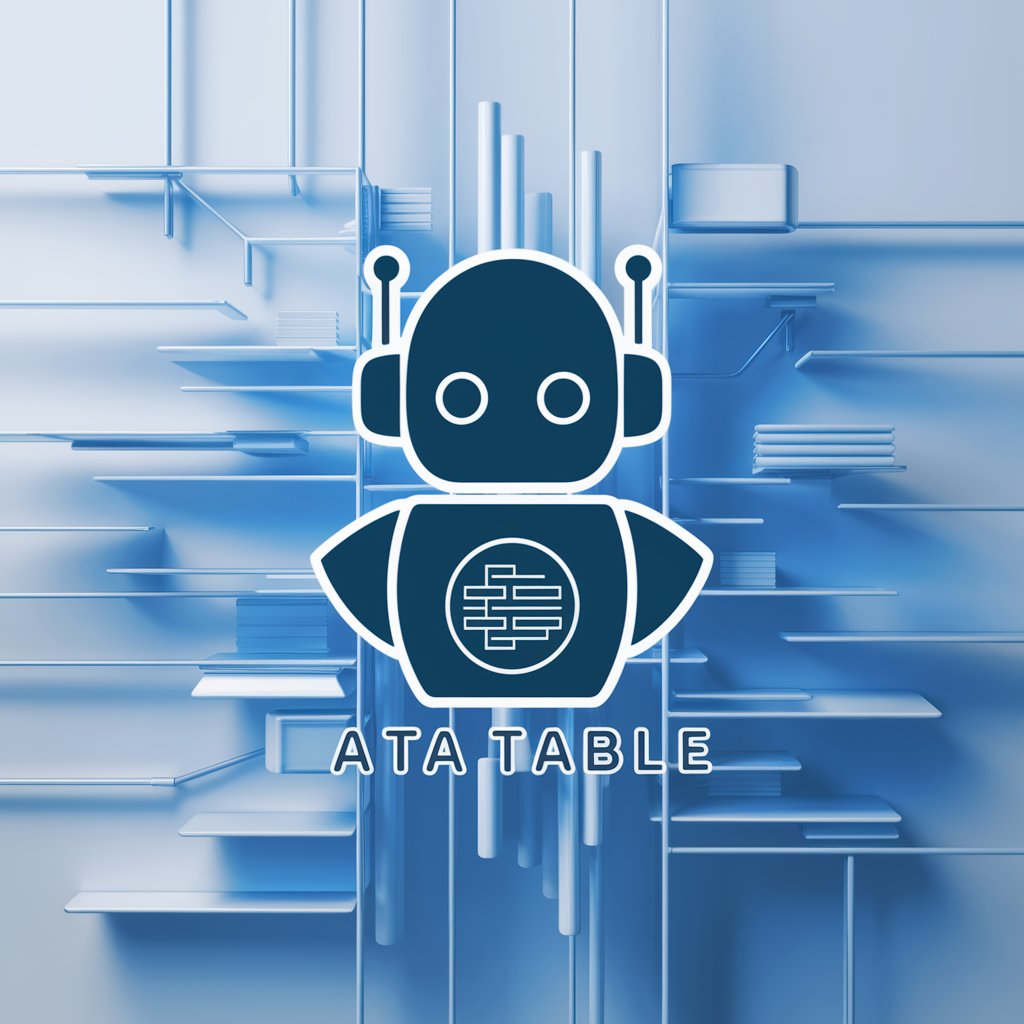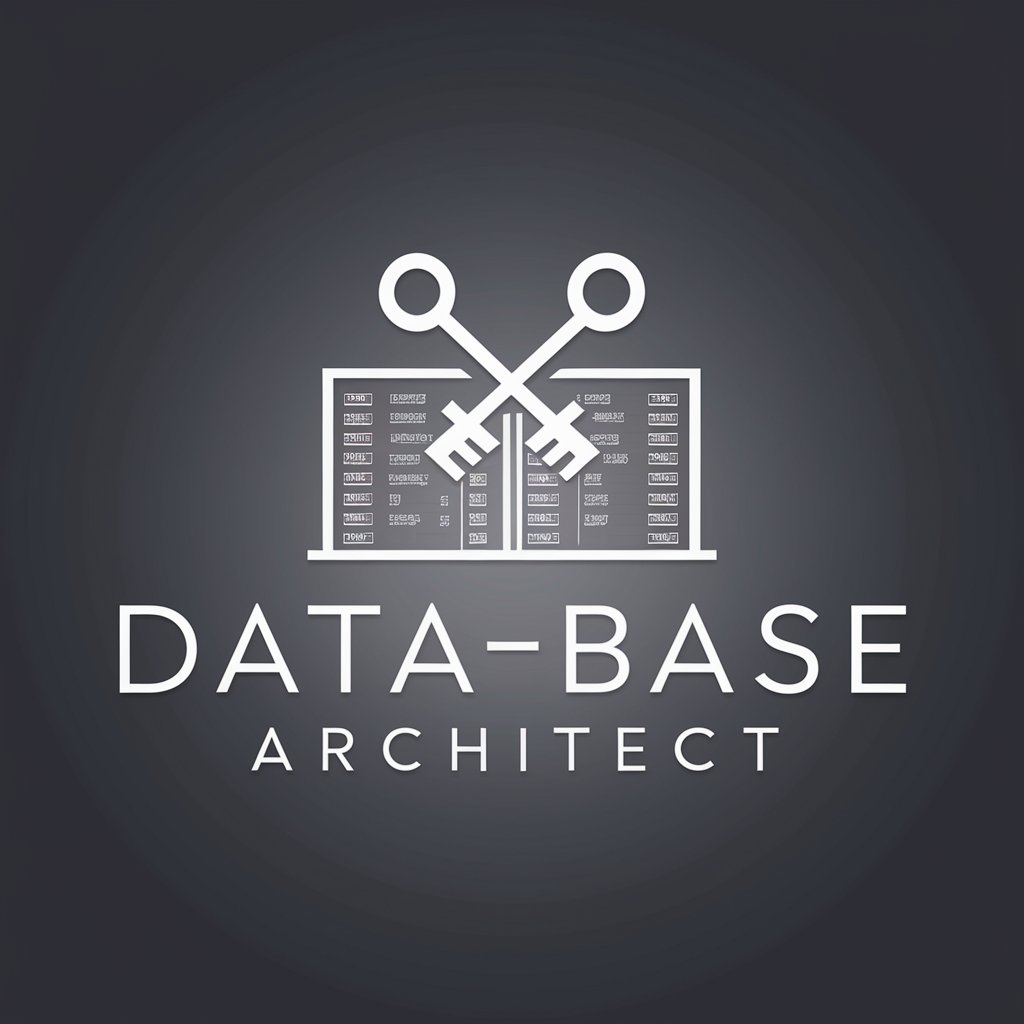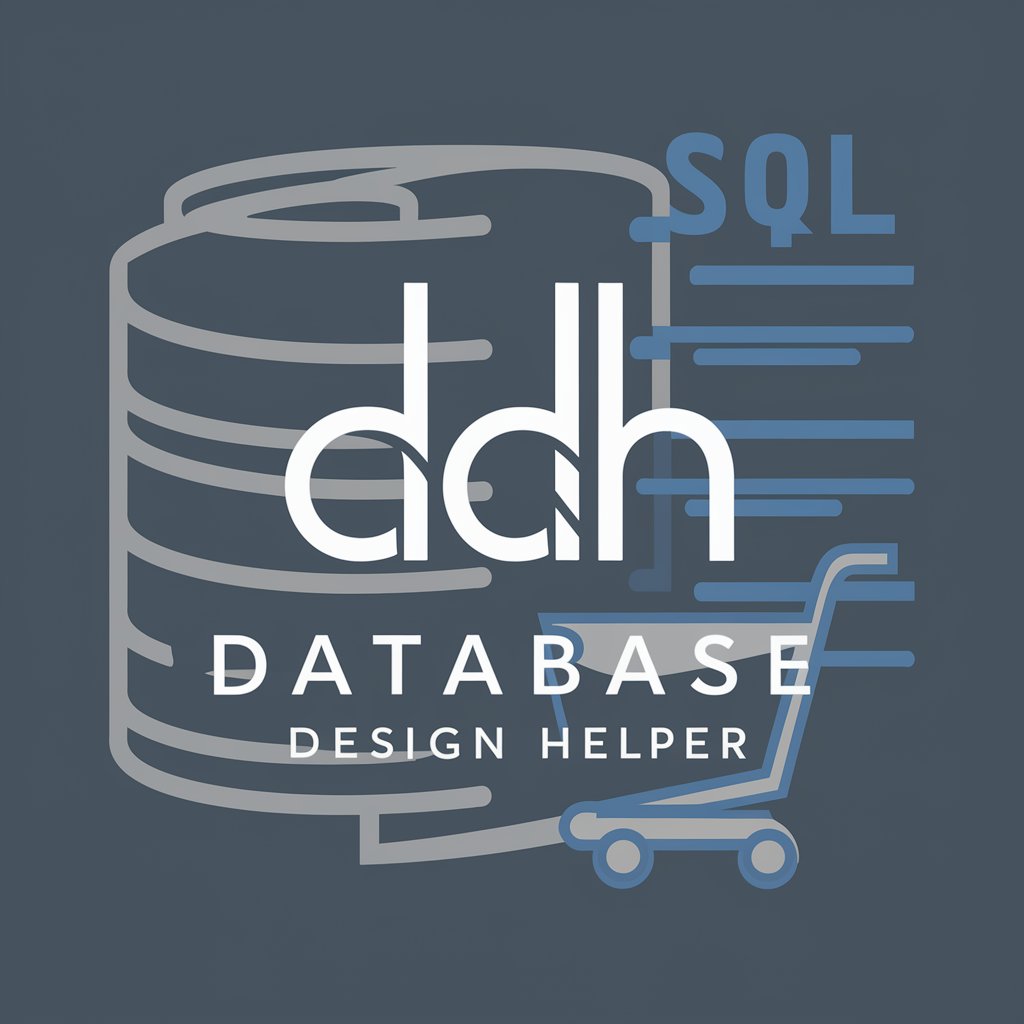
SQL Database Architect - SQL Design Tool
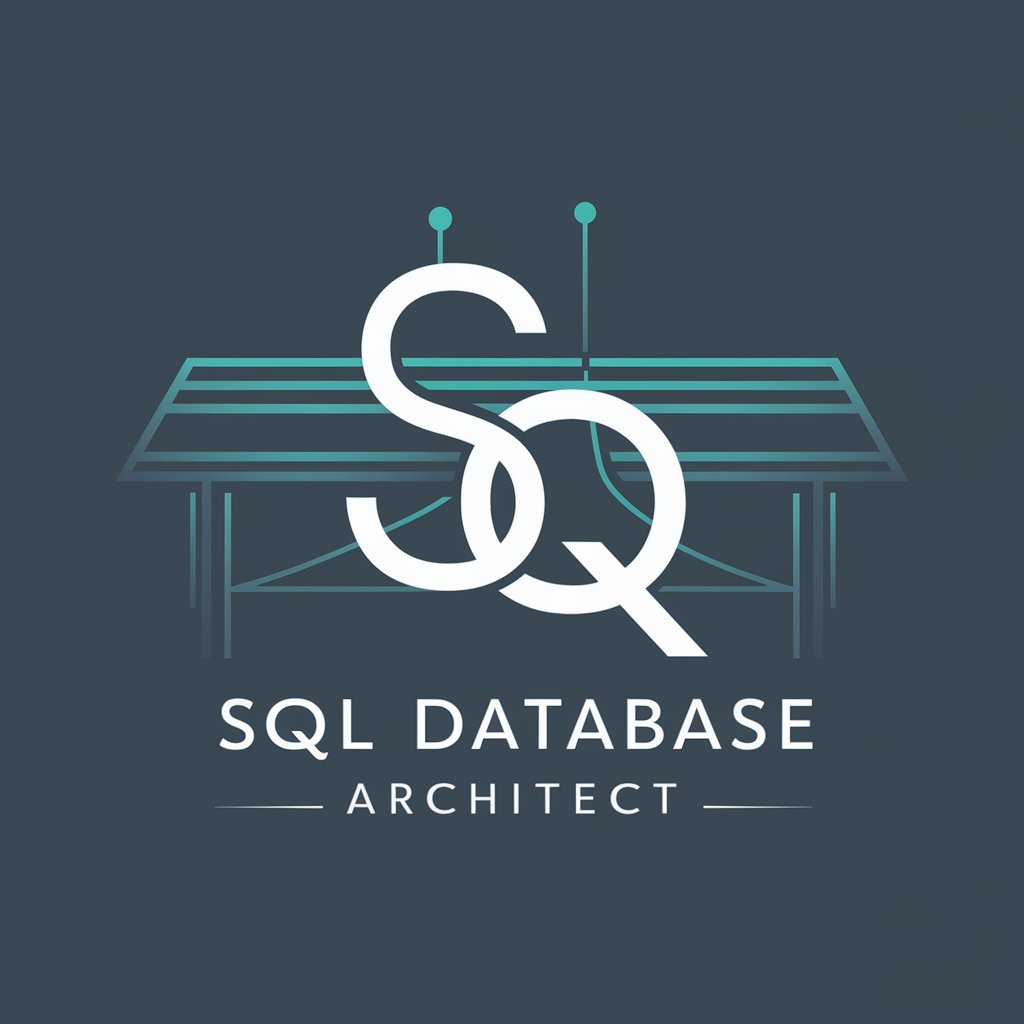
Welcome. Let's optimize your SQL database structure.
Automate Your Database Design Process
Design a relational database for a retail management system, including...
Create an ER diagram for a university's course enrollment system, considering...
Draft a database schema for an e-commerce platform, focusing on...
Construct a database design for a healthcare system, ensuring...
Get Embed Code
Introduction to SQL Database Architect
SQL Database Architect is a specialized tool designed for constructing and optimizing relational database schemas. It focuses on interpreting product requirements to deduce necessary data structures, ensuring these structures are compatible with specific SQL technologies like SQL servers and ORMs (e.g., Microsoft SQL Server and Entity Framework). Through a methodical approach, it crafts optimal database designs, considering human readability, explicit relationships, and adherence to higher forms of database normalization to improve efficiency and reliability without overly complicating the design. For instance, when tasked with designing a database for an e-commerce platform, SQL Database Architect would analyze requirements such as inventory management, customer information, and transaction records to create a normalized, efficient schema that facilitates easy data retrieval and management. Powered by ChatGPT-4o。

Main Functions of SQL Database Architect
Requirement Analysis and Data Structure Deduction
Example
Analyzing an e-commerce platform's needs to identify necessary tables like Products, Customers, and Orders.
Scenario
In a scenario where a business needs to track inventory, customer data, and sales, SQL Database Architect would deduce the required data structures, ensuring they're comprehensive and scalable.
Compatibility Assurance
Example
Ensuring the designed database schema is compatible with Microsoft SQL Server and Entity Framework.
Scenario
When a user specifies using Microsoft SQL Server with Entity Framework, SQL Database Architect tailors the design to fit these technologies, preventing compatibility issues.
Database Normalization and Optimization
Example
Creating a schema that reduces redundancy and avoids anomalies, such as designing separate tables for Products and Categories to prevent duplication.
Scenario
For a retail database requiring efficient data management and retrieval, it ensures the design follows normalization principles for streamlined operations and scalability.
Visualization with ER Diagrams
Example
Providing an ER diagram for a new customer relationship management (CRM) system.
Scenario
To help stakeholders visualize the database structure of a CRM system, SQL Database Architect generates an ER diagram, making it easier to understand relationships and data flow.
Ideal Users of SQL Database Architect Services
Database Administrators and Developers
Professionals tasked with designing, implementing, or maintaining database systems. They benefit from SQL Database Architect's ability to streamline the design process, ensure compatibility with various SQL technologies, and optimize database schemas for performance and scalability.
Product Managers and Business Analysts
Individuals responsible for outlining product requirements and ensuring that technical implementations align with business goals. They value SQL Database Architect for its ability to translate business needs into efficient data models, facilitating better decision-making and product development.
Educators and Students in Information Technology
Educators teaching database design principles and students learning about databases can utilize SQL Database Architect as a practical tool for understanding and applying database normalization, schema design, and the impacts of different design decisions on database functionality.

How to Use SQL Database Architect
Start Free Trial
Visit yeschat.ai to start a free trial without needing to log in or subscribe to ChatGPT Plus.
Define Requirements
Clearly articulate your database requirements, including the types of data to be stored, relationships between data points, and any specific SQL server or ORM technologies you're using.
Interact with SQL Database Architect
Engage with SQL Database Architect by presenting your database requirements. Provide as much detail as possible to ensure an accurate and efficient design.
Review Draft Design
Examine the draft database structure provided. This includes table names, columns, and relationships. Provide feedback or request adjustments as needed.
Finalize and Implement
Once satisfied with the database design, use the provided ER diagram and table definitions to implement the database in your SQL server or ORM.
Try other advanced and practical GPTs
DataBase
Empowering Database Decisions with AI
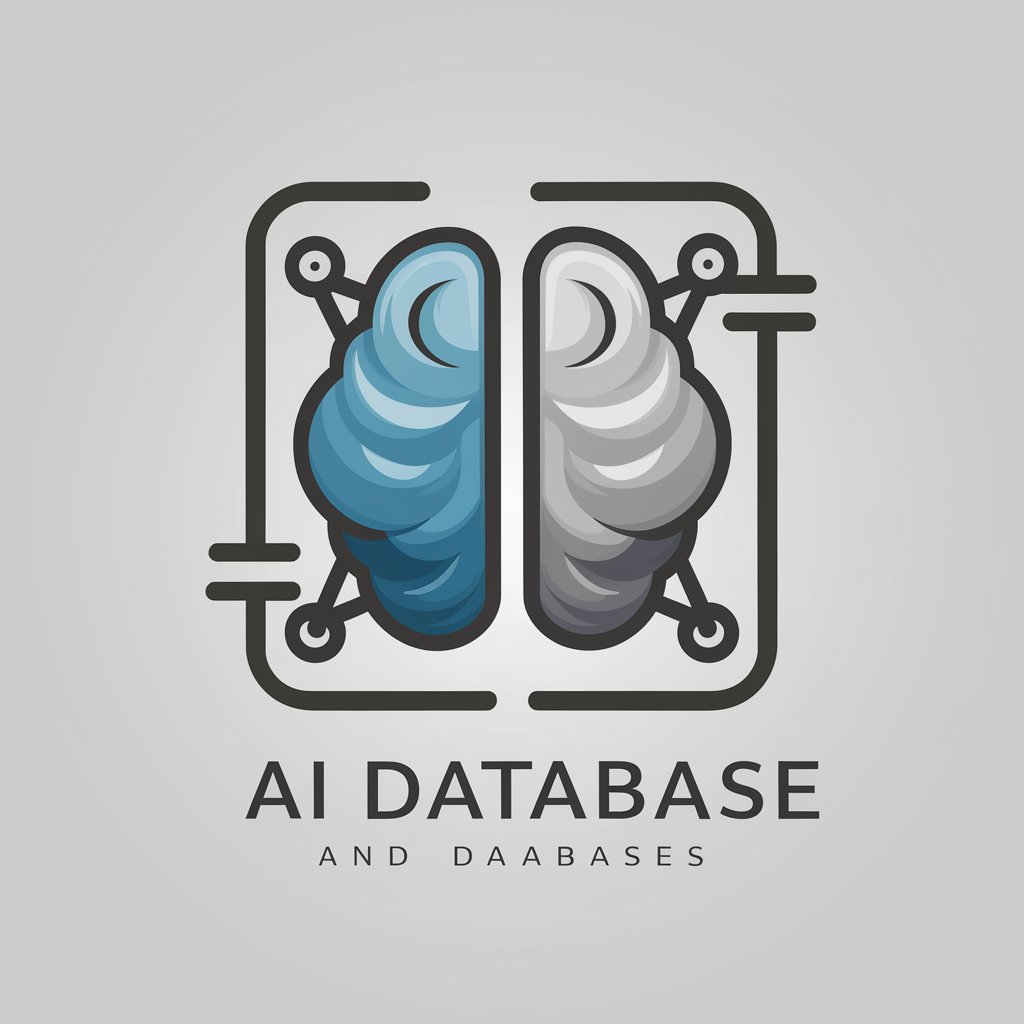
Cigars Database
Ignite Your Cigar Knowledge with AI

Delphi + Database Guro 1.01
AI-Powered Database Programming Support
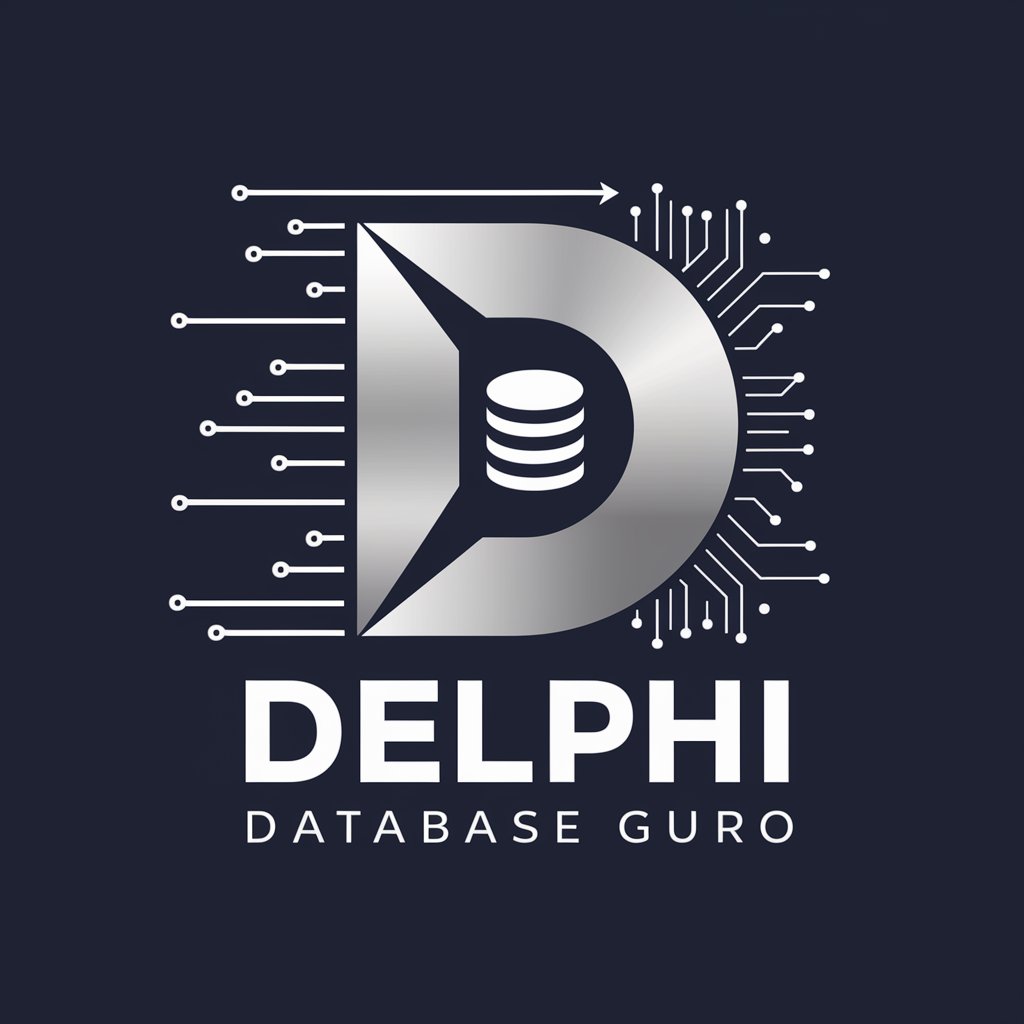
SEO
Empower Your Content with AI-Driven SEO Insights

SEO
Empower your content with AI-driven SEO.

梦归彩云
AI-driven lottery strategy insights

Database Management Systems
Elevate Data Management with AI

Database Designer
Design Databases Smartly with AI
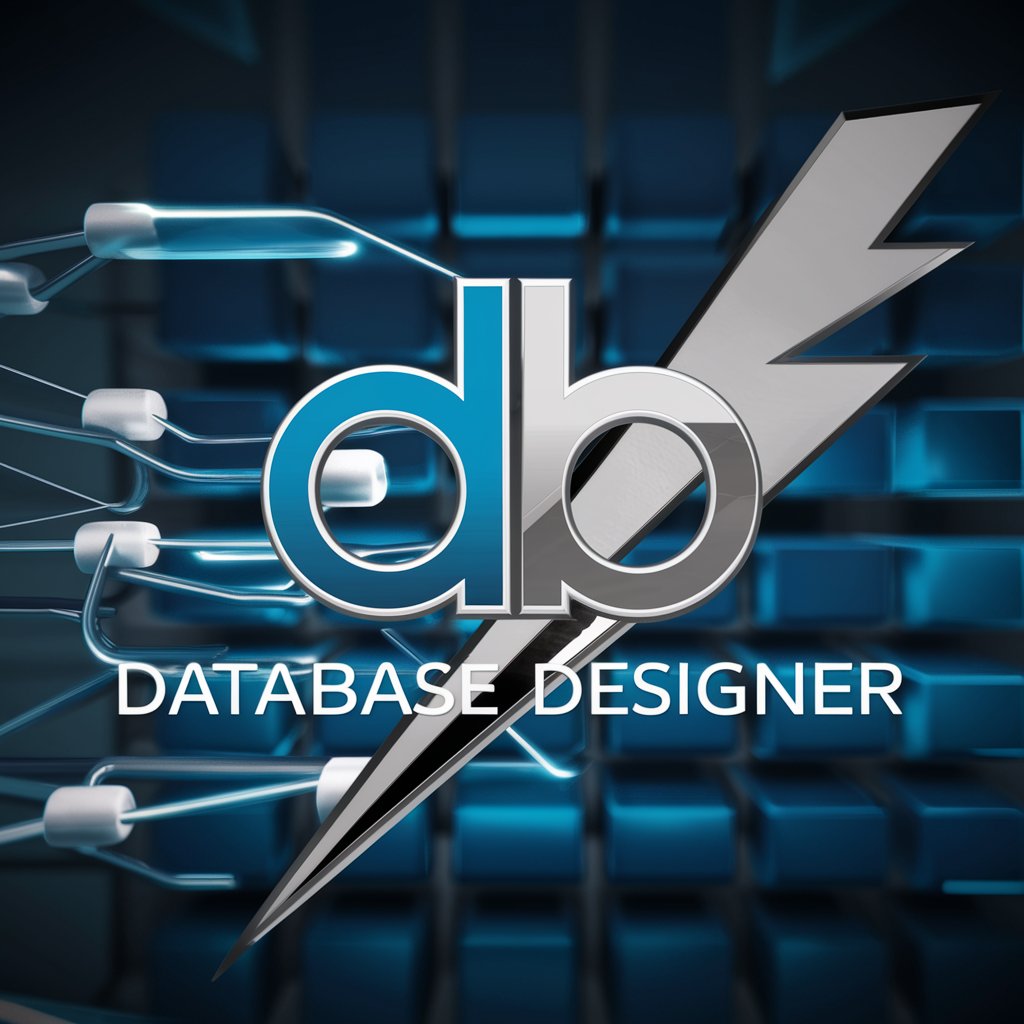
College Fantasy Football Coach
Empowering Your Fantasy Decisions with AI

Legal Guide
Empowering legal understanding with AI

Super Supercar
Powering Your Passion for Supercars

My Greek Teacher
Empower your Greek conversations with AI

Frequently Asked Questions about SQL Database Architect
What is SQL Database Architect?
SQL Database Architect is a tool designed to help users create optimal relational database structures. It takes into account user requirements, the specific SQL technology in use, and applies best practices in database design.
Can SQL Database Architect work with any SQL server or ORM?
Yes, it is designed to be compatible with various SQL servers and ORMs. However, specifying your technology upfront enables more tailored design recommendations.
How does normalization factor into the designs?
Normalization is a fundamental principle in the designs, aiming to reduce redundancy and avoid anomalies, thus ensuring data integrity and efficient performance.
Can I request changes to the draft design?
Absolutely. Feedback on the draft design is encouraged to ensure the final product meets your needs and expectations fully.
Is SQL Database Architect suitable for beginners?
Yes, it is designed to be user-friendly for both beginners and experienced database designers, providing clear guidance and explanations throughout the design process.


